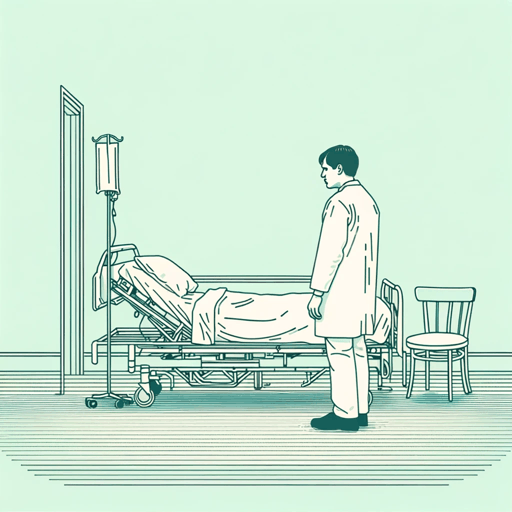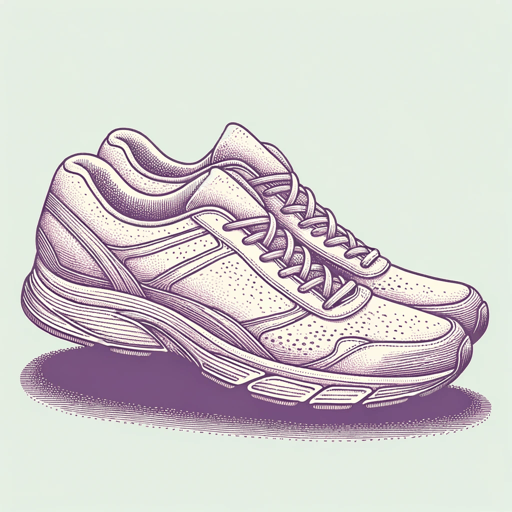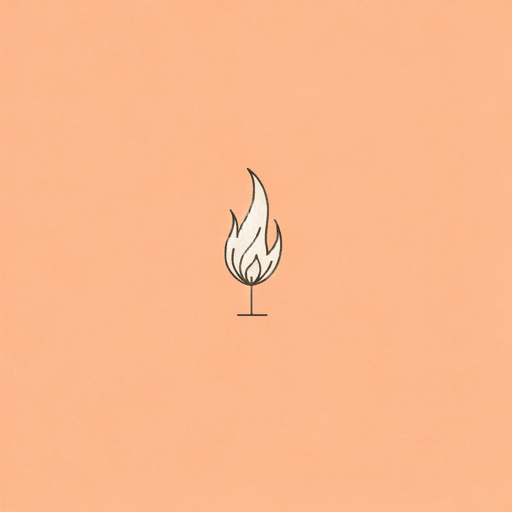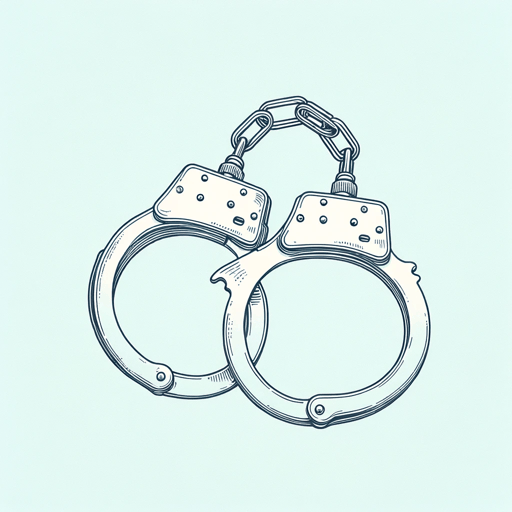31 pages • 1 hour read
Stephen KingSurvivor Type
Fiction | Short Story | Adult | Published in 1982A modern alternative to SparkNotes and CliffsNotes, SuperSummary offers high-quality Study Guides with detailed chapter summaries and analysis of major themes, characters, and more.
Literary Devices
Epigraph
Content Warning: The source material features graphic descriptions of shipwreck, accidental injury and death, self-amputation, self-harm, autocannibalism, illegal drug trading and use, and psychological distress.
An epigraph is a short citation that serves as an opening of a work of literature. In “Survivor Type,” the epigraph serves to introduce the audience to the topic of the short story and to foreshadow some of the events by asking rhetorical questions.
The author opens up with a quote inspired by his neighbor: “Sooner or later the question comes up in every medical student’s career. How much shock-trauma can the patient stand? Different instructors answer the question, in different ways, but cut to its base level, the answer is always another question: How badly does the patient want to survive?” (399). The subject of the citation foreshadows the events by introducing the topic of survival and the ability to withstand pain. Moreover, the epitaph includes rhetorical questions, which are figures of speech where a question is asked to highlight an idea or to generate a dramatic effect, rather than obtain a response. Questions such as “How much shock-trauma can the patient stand?” or “How badly does the patient want to survive?” (399) do not have a direct response following them, but are rather aimed to convey to the reader that the 







Related Titles
By Stephen King

11.22.63
Stephen King

1408
Stephen King

Bag of Bones
Stephen King

Billy Summers
Stephen King

Carrie
Stephen King

Children of the Corn
Stephen King

Cujo
Stephen King

Different Seasons
Stephen King

Doctor Sleep
Stephen King

Dolores Claiborne
Stephen King

Duma Key
Stephen King

Elevation: A Novel
Stephen King

End of Watch
Stephen King

Fairy Tale
Stephen King

Finders Keepers
Stephen King

Firestarter
Stephen King

From a Buick 8
Stephen King

Full Dark, No Stars
Stephen King

Gerald's Game
Stephen King

Gwendy's Button Box
Stephen King, Richard Chizmar
